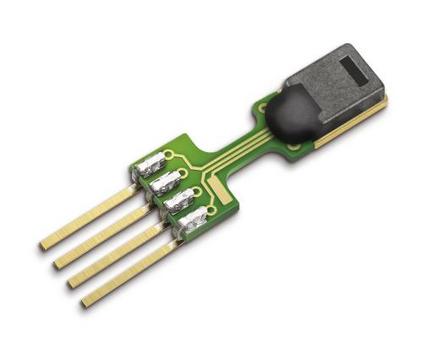The objective of this study is improving the location estimate of a mobile robot capable of motion on a plane and mounted with a conventional 2D LIDAR sensor, given an initial guess for its location on a 2D map of its surroundings. Documented herein is the theoretical reasoning behind solving a matching problem between two homoriented 2D scans, one derived from the robot's physical sensor and one derived by simulating its operation within the map, in a manner that does not require the establishing of correspondences between their constituting rays. Two results are proved and subsequently shown through experiments. The first is that the true position of the sensor can be recovered with arbitrary precision when the physical sensor reports faultless measurements and there is no discrepancy between the environment the robot operates in and its perception of it by the robot. The second is that when either is affected by disturbance, the location estimate is bound in a neighbourhood of the true location whose radius is proportional to the affecting disturbance.
翻译:这项研究的目的是改进能够移动在平面上并安装常规 2D LIDAR 传感器的移动机器人的位置估计值,初步猜测其位置位于其周围的二维地图上。这里所记载的理论推理是,解决两个全方向的 2D 扫描之间的匹配问题背后的理论推理,一个来自机器人的物理传感器,另一个来自在地图内模拟其操作,其方式不需要在构成射线之间建立通信。两个结果经过验证,随后通过实验显示。第一个是,当物理传感器报告无误测量结果时,传感器的真实位置可以任意精确地恢复,而且机器人操作的环境与机器人对它的看法之间没有差异。第二个是,当机器人受到扰动的影响时,其位置估计值将定在真实位置的附近,其半径与受影响的扰动成正比。




